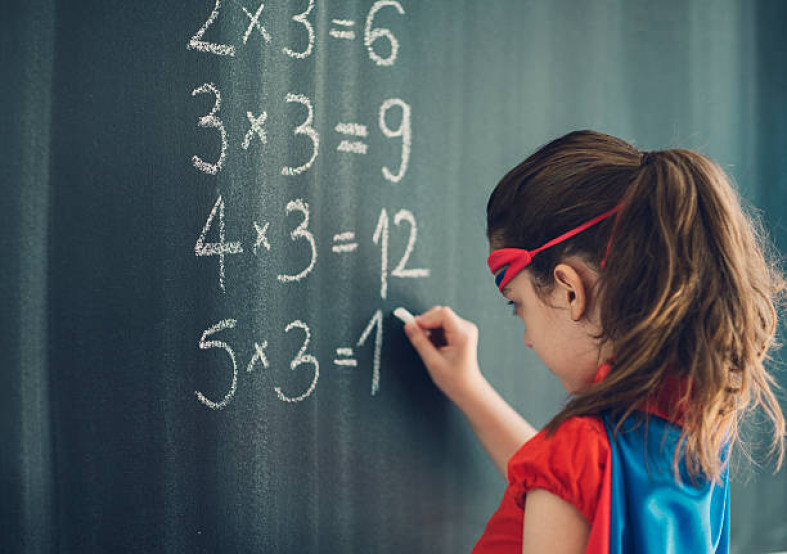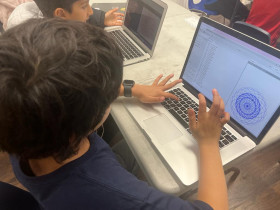
Exploring Multiplication: Tables from 2 to 20
Hello, fellow math enthusiasts! Are you ready to dive into the world of multiplication? From simple arithmetic to complex problem-solving, multiplication is a foundational concept that forms the basis of many mathematical operations. In this blog, we'll take a journey through the multiplication tables from 2 to 20 and discover why they are so important in the realm of mathematics.
Understanding Multiplication:
At its core, multiplication is a way to add a number to itself multiple times. It's a fundamental operation that finds its way into various aspects of our daily lives, from calculating prices at the store to figuring out how many days are in a certain number of weeks.
Exploring the Tables:
The multiplication tables, often referred to as times tables, provide a structured layout for understanding the relationships between numbers. Starting with the basic table of 2 and moving up to the table of 20, each table reveals interesting patterns and insights. For instance, the table of 9 has a fascinating pattern where the digits of the product always add up to 9.
Benefits of Learning Multiplication Tables:
Mastering the multiplication tables offers a range of benefits, both in and out of the classroom:
Enhanced Mental Math: Familiarity with multiplication tables allows for quicker mental calculations. This skill comes in handy when you need to estimate expenses, determine quantities, or solve problems on the spot.
Building Strong Math Foundation: Understanding multiplication is essential for tackling more advanced math topics, like fractions, decimals, and algebra. It forms a solid foundation for higher-level math.
Boosted Confidence: Being able to quickly recall multiplication facts boosts a student's confidence in math. This confidence often extends to other subjects as well.
Real-World Applications: Multiplication tables are used in everyday scenarios, such as splitting bills, calculating dimensions for home projects, or even baking. They equip you with practical math skills for life.
Tips for Learning:
Learning multiplication tables can be fun and engaging. Here are some tips to make the process enjoyable:
Visual Aids: Use charts, flashcards, or even smartphone apps that visually represent the multiplication tables.
Practice Games: Turn learning into a game with quizzes, online interactive tools, or even friendly competitions with friends or family.
Mnemonic Devices: Create mnemonic phrases or tricks to remember certain products easily. For instance, "7 times 8 went to the store" can help you recall that 7x8 equals 56.
Practice Regularly: Consistent practice is key to memorizing multiplication tables. Dedicate a few minutes each day to review and reinforce what you've learned.
In Conclusion:
Exploring multiplication tables from 2 to 20 is a journey worth taking. It's not just about memorizing numbers; it's about understanding the relationships between them and how they interconnect. These tables provide the building blocks for mathematical proficiency and problem-solving skills that extend far beyond the classroom. So, whether you're a student or just someone looking to brush up on math, diving into the world of multiplication is a rewarding endeavor that enriches your understanding of numbers and their fascinating interactions.
Olympiad World is here to support enthusiasts in exploring Multiplication tables concepts more deeply. Come join us in the journey of learning!


